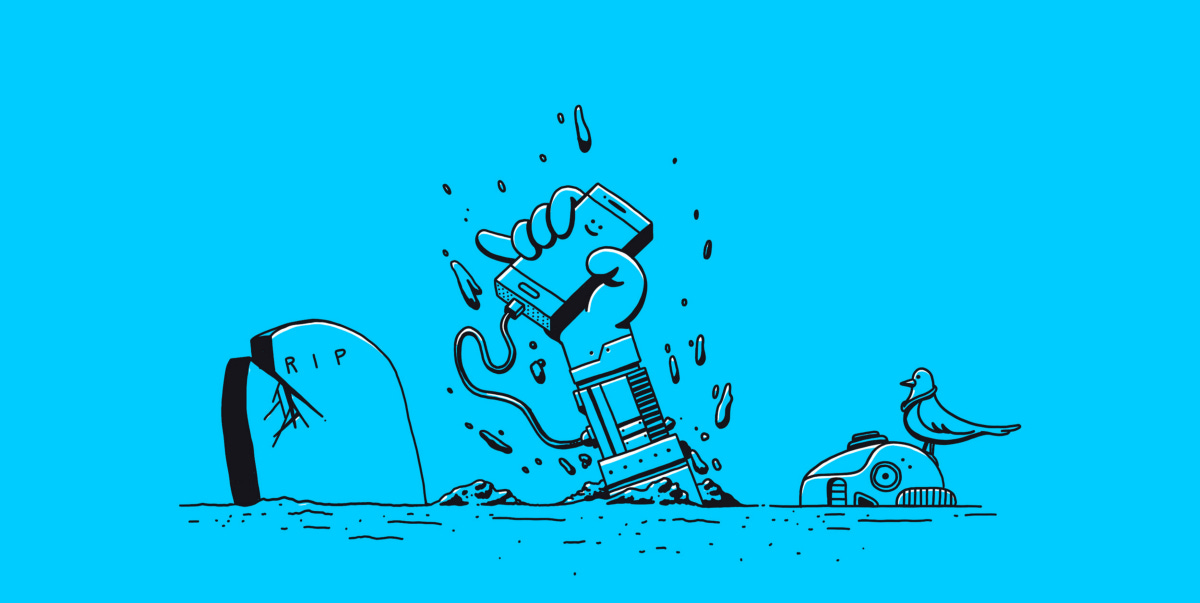On why we write the words we write the way we write them
Tl;dr: our State of UX in 2018 report is out. Check it out and share it with your UX friends.
Tl;dr: our State of UX in 2018 report is out. Check it out and share it with your UX friends.

Every year, Caio Braga and I like to look back at what designers have been writing, sharing, and thinking about when it comes to User Experience. We curate so much content every week through our Medium publication and our weekly newsletter, that filtering the signal out of the noise almost becomes second nature to us. This is the third year in a row that we publish this report, so I guess we can now say it has become a tradition.
Note to self: when does a tradition start to become a tradition?
Our report is about reflection.
2017 has been a quite transformative year for UX Design as a discipline. We have seen the rise and popularity of new technologies that will change the way we think about user experiences, the tools we use to design them, and the process we use to get there — and we believe these new paradigms will set the stage for design for years to come. 2017 has been a year where we had to forget the old ways of doing design. A year to leave habits behind. A year we had to be humble enough to learn things that were foreign (and scary) to us, but that will only make us stronger and more prepared to design experiences in 2018. We will consider our report successful if it inspires readers to reflect on their years as well.
Note to self: which old habit am I going to abandon next year?
Our reports never focus on aesthetic design trends.
There are much more talented professionals and more specialized publications that can talk about the visual design trends for the near future. Here are the questions that we ask ourselves every year:
What are the technologies that will affect our routine as designers the most in the coming year?
How has the UX community organized itself when it comes to sharing and discussing content online? What is changing?
What are some new behaviors we are seeing from users in the experiences we design?
How has our design process changed in the last year, and how do we see it changing in the near future?
How has our tool set evolved? What is coming up in the new year?
What transformations can we expect in our discipline and our careers?
What is the impact of the work we do in users’ lives, in our work environment, and in our society as a whole?
Note to self: what does being a designer mean anyways?
Our report is a big thank-you note.
2017 has given us tons of things to be thankful for. Our family has grown quite a lot: we are now more than 190k readers, followers and friends, across more channels than we are able to manage. We receive incredibly kind messages from our readers every week, telling us how uxdesign.cc has helped them demystify what UX is, get advice on their careers, find a new job, feel more confident on their skills, or simply feel inspired to move forward in the profession they’ve chosen. That’s actually how we measure the impact of our work. So consider this report a big thank you note — for your support, your kindness, and your friendship.
Looking forward
We expect to write and share even more content in 2018. We have big plans and projects lined up for the coming year. And we’ll keep doing it with our principles in mind: impartiality, accessibility, diversity, change, and community.
See you in 2018.
Fabricio Teixeira + Caio Braga
The State of UX in 2018
From the tools we'll use, to our process, to the technologies that will change the way we design - here's a list of…trends.uxdesign.cc



